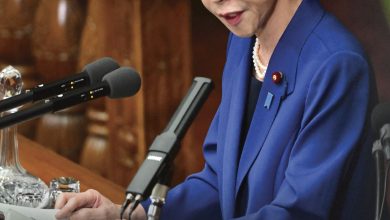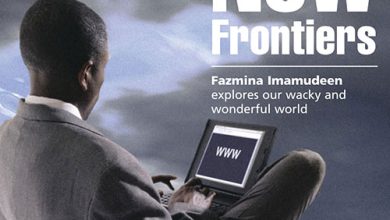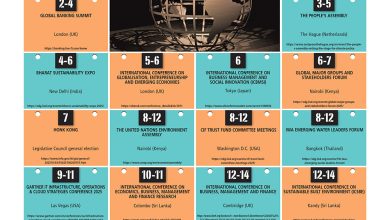THE SYNTHETIC AGE

THE EROSION OF CREDIBILITY
Fazmina Imamudeen explores the new realities of ‘truth’ in this age of AI
They say seeing is believing… but in 2025, even sight is up for debate. The term ‘deepfake’ once described fringe novelty videos whereas today, it refers to a class of synthetic media that’s capable of eroding public trust.
In the lead up to Slovakia’s 2023 general election, a voice recording allegedly featuring a liberal party leader acknowledging plans for electoral fraud surfaced online. But the audio, which was later exposed as being AI generated, had spread widely on social media in the 48 hours before the polls opened; and by the time it was debunked, voters had already cast their votes.
In late 2023, a deepfake targeting Indian actress Rashmika Mandanna illustrated the gendered brutality of synthetic media. Her likeness was superimposed on explicit footage and disseminated widely.
Though demonstrably false, the social and emotional repercussions were immediate. This episode triggered a rare moment of bipartisan condemnation and renewed calls for regulatory intervention.
Meanwhile, the infrastructure of information continues to shift and its business implications are far from abstract.
In March, data analyst and info provider NewsGuard reported that over 600 artificial intelligence news websites were publishing articles under fabricated journalistic identities. Some featured plausible bylines while others mimicked legitimate outlets. They were monetised, SEO optimised and algorithmically favoured.
For brand strategists and corporate communicators, the threat poses reputational damage from imitation and diminished trust in official channels. The chief problem isn’t what’s fake but what can no longer be trusted.
Legal scholars now refer to the ‘liar’s dividend,’ which is the capacity to deny authentic evidence by claiming it was synthetically manipulated. It’s no longer necessary to prove something is false – the suggestion that it might be faked is sufficient.
Video footage, photographic proof and even verbal testimony – once foundational to legal, political and personal accountability – are now subject to ambient doubt.
At the heart of this crisis is an erosion of credibility. Trust, which was once an unspoken contract between institutions and individuals, has become a negotiable commodity… thanks to AI.
ChatGPT and other generative language models add a new layer to this epistemic uncertainty. Political manifestos, customer service responses and even academic articles can now be produced entirely by machines. They are efficient, convincing and often indistinguishable from human authored content.
Meanwhile, the EU passed the world’s first comprehensive regulation on AI. The EU Artificial Intelligence Act classifies AI systems according to the risk, ranging from minimal to unacceptable, and imposes strict obligations on high-risk applications.
Among its key provisions are transparency requirements for generative AI including the obligation to label deepfakes and disclose when content is machine generated.
Under the law, creators of foundation models such as ChatGPT must document how their systems are trained, ensure safeguards against generating illegal content and publicly disclose summaries of the copyrighted material used.
The legislation also empowers regulators to enforce these measures with fines up to seven percent of global turnover for noncompliance; and this underscores the seriousness with which the European Union views AI’s potential to undermine public trust.
While it sets a precedent globally, the regulation’s effectiveness will ultimately depend on enforcement, and whether it can keep pace with the speed and scale at which synthetic content is evolving.
The consequence is a kind of civic vertigo. Information now circulates in an environment where realism no longer guarantees reality, and what emerges is a landscape of lies and climate of disbelief.
In the synthetic age, the question is no longer ‘Is this true?’ – instead, it’s ‘Is it verifiable?’
Until that standard is universally upheld, each image, voice and word uttered will carry a margin of doubt with every message it conveys.






